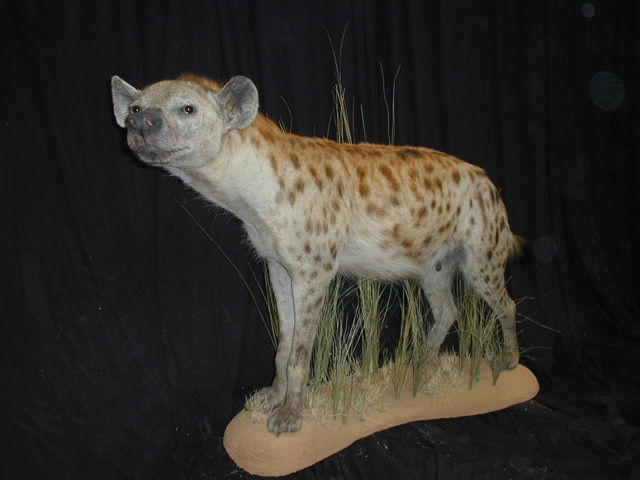Taxidermy Tempe AZ
Taxidermy - How to Do it the Right Way
Taxidermy Tempe AZ, also known as skinning, is the craft of keeping an animal alive through the means of stuffing or mounting, for the intent of study or display. Usually, animals are usually, if not always, depicted in a very lifelike state, when taxidermy is used. The dead animal is then mounted on a sturdy stand, with the skin flaking and falling off as time passes. This is a great opportunity for photographers to capture beautiful shots of beautiful creatures.

Taxidermy can also be used to preserve the remains of certain humans, like cadavers. The word "taxidermy" derives from the Greek words typos (snake) and tax (cover). In ancient times, taxidermy was done by taking the skin off of the body and preparing it according to Greek words. The various methods of taxidermy varied depending on the species of animal being preserved. The most commonly used methods of taxidermy include: mounting, cutting, skinning, stripping, and casting. Mounting were in the process of setting up the specimen on a stand, usually made of wood, and protecting it from the elements by putting a roof over it.
Caring for the specimen usually involved cleaning the mount, treating it with wax, and repainting it every few years. Cutting, stripping, and casting were methods used to remove the skin from animals, and place them in suitable mounts. Glass eyes are a popular method used nowadays. Skinning was a very important step in Taxidermy. It was done by removing the hair from the animal and then using the animal's natural oils to coat the skin. Removing too much skin was risky, so all animals that could be taxidermied were skinned. Taxidermy professionals were often paid by the skins they removed.
The removal of fur allowed a finer detail to be worked on than was possible if the animal was left with its hair intact. The removal of feathers was done later in the taxidermy process. Glass Eyes Taxidermist often use glass eyes (also called minerals) to help produce a more lifelike appearance of the skins they are working with. Many people may wonder what is involved in preparing the glass eyes.
The preparation of the glass eyes usually involved cutting, soaking, and shaping the skins. Then they were either ground flat or trimmed to give a more life-like look. Mummification Taxidermy is a very popular method of taxidermy used today. Mummification involves creating a protective container around an animal and then preserving it by covering it with soggy, dry animal skins. This specimen can then be viewed in most taxidermy museums. Soft Skin Taxidermy involves the removal of the hard outer skin from certain animals.
Examples are alligators and snakes. With soft taxidermy, a new specimen can be made from the skin of the animal in question. There are various techniques that can be used for this purpose. Often, an animal will have only a few moles or slits where the skin previously fell off. Ear Plugs Taxidermy has recently gained popularity as a method of preparing difficult to find or vintage specimens.
These types of items can range from ear mites to long hairs. In the old days, taxidermist would insert these items into the animal's ears. These were later covered with stuffing and allowed to dry. Plugs would then be stuck onto the plugs using a needle. Plugs, along with the other stuffing, would then be inserted back into the ear hole. Hard Shells and Saddle Stuffs Taxidermy are popular among those who preserve deer and other large game. The best pieces of hard shell and saddle stuffing are made from earth's surface.
Because it is difficult to find earth away from the equator, these products are often produced on a large scale in the Asian countries. The pieces come in a variety of colors and grains and are used in mounting animals. Human Taxidermy is practiced on a much smaller scale in many countries. Animal skin is the most commonly used material. This method of taxidermy was initially used by the ancient Egyptians. They would take the skin from killed animals and mold it into different forms, including helmets, scarves, and covers for pillows.
Later, the Romans learned how to do the same and taxidermy became a common tool of the wealthy class. Derma: The Greek word taxidermy translates as "dagger" or "hide." The concept of using skin from an animal instead of a human body is similar to the way the ancient Greeks covered their bodies in body hair. Today this process is still used. It is also used in creating gourmet products such as skin tonics, lotions, and face creams. However, the most well known use of the term is in taxidermy because of its practicality and aesthetic beauty of the finished piece.
